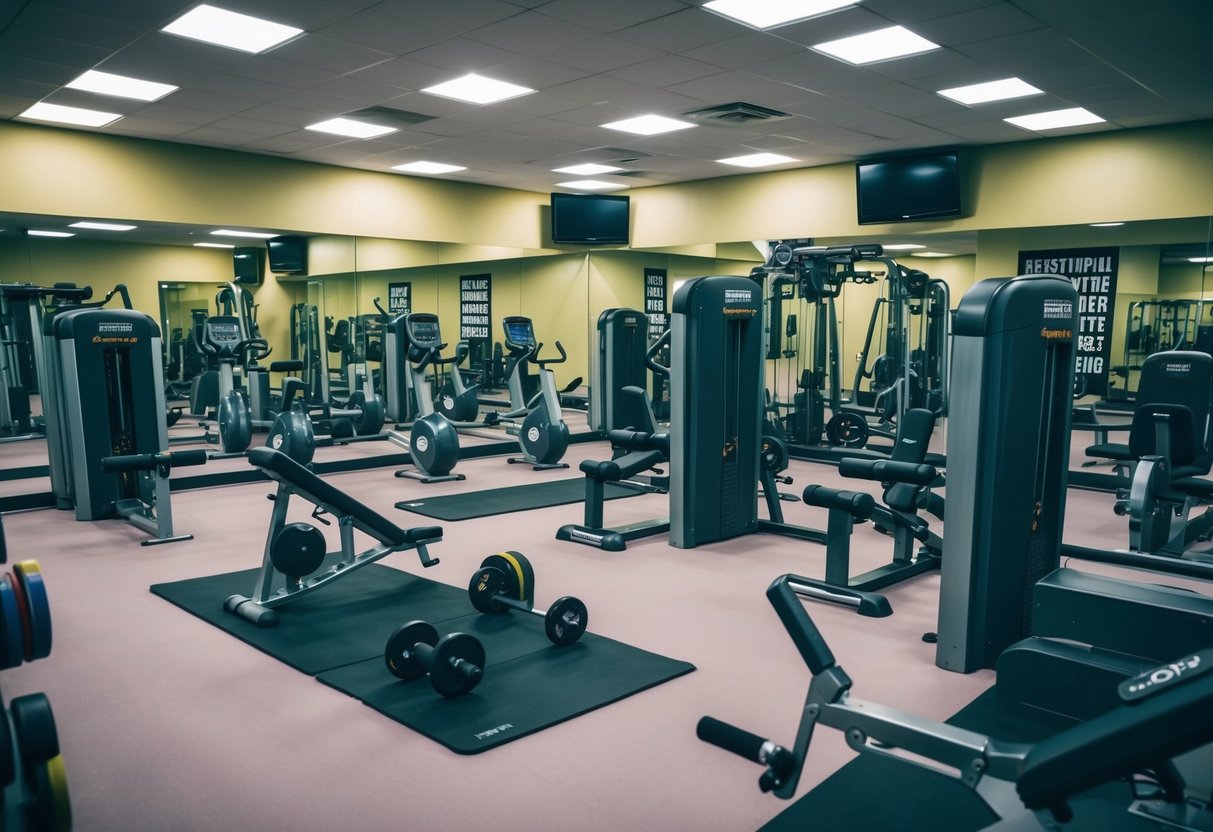
Circuit Training at Home
Circuit training at home is practical and efficient, allowing individuals to improve fitness without the need for expensive equipment. It provides flexibility in routine design, catering to various fitness levels while focusing on bodyweight movements.
Designing a Home Circuit Workout
Designing a home circuit workout involves selecting exercises that target different muscle groups. Individuals can create a balanced routine by choosing exercises like push-ups, squats, lunges, and planks. It’s important to consider the available space and use furniture or walls for assistance if needed. Typically, each exercise can be performed for a set duration, such as 30 seconds, followed by a short rest period. Setting up several rounds of these exercises can help maintain an elevated heart rate and improve endurance. They must ensure the routine matches their fitness level by adjusting reps and intensity.
Tips for Staying Motivated
Maintaining motivation in home circuit training is crucial for consistency. Setting clear, achievable goals helps individuals track their progress and stay committed. Incorporating music or joining virtual fitness communities can add enjoyment to workouts. A dedicated space within the home for exercising can also encourage routine adherence. To avoid monotony, individuals might vary their circuits regularly and introduce new challenges. Celebrating small achievements along the way can further bolster motivation and commitment to the workout plan. Including family or friends in workout sessions can provide accountability and make the experience enjoyable.
Injury Prevention and Safety Measures
Ensuring proper safety measures during circuit training is crucial for all levels. Priority should be given to maintaining correct form and incorporating a thorough warm-up and cool-down routine to minimize injury risks and ensure effective exercise sessions.
Correct Form and Technique
Proper form and technique are essential to prevent injuries during circuit training. He or she should focus on maintaining alignment and control during exercises. Incorrect posture or rushed movements can lead to muscle strains or joint pain. Individuals are encouraged to seek guidance from qualified trainers who can provide personalized attention to detail. Video tutorials from reputable sources can also help with visual cues for maintaining correct posture.
Breathing patterns should complement body movements to enhance control and reduce fatigue. It’s beneficial to engage the core muscles in various exercises to support the spine and prevent back injuries. Safety measures include starting with lower intensity and gradually increasing the difficulty. They must listen to their body and rest when needed to avoid overexertion.
Warm-Up and Cool-Down Importance
A comprehensive warm-up routine is necessary before engaging in any circuit training session. This prepares the body by gradually increasing heart rate and blood flow to muscles, reducing injury risk. Dynamic stretches, such as leg swings or arm circles, should be incorporated to enhance flexibility and coordination.
The cool-down phase is equally important, helping to reduce muscle stiffness and promote recovery. Static stretching aids in maintaining muscle elasticity and can prevent soreness. Cooling down also provides an opportunity to monitor breathing and return to a resting heart rate. An effective routine, focusing on all major muscle groups involved, ensures overall safety and improved performance in future sessions.
Sample Circuit Workouts
Circuit training can be customized for various fitness levels, focusing on elements like muscle endurance and functional strength. Here’s a selection of sample circuits suitable for beginners and those at an intermediate to advanced level.
Beginner Circuits
A beginner’s workout should introduce basic movements, emphasizing proper form and technique. This circuit might include exercises such as bodyweight squats, push-ups, and plank holds.
Each exercise can be performed for 30 seconds with a 15-second rest in between. A typical circuit might consist of five exercises. Repeating the circuit two to three times can be effective for building foundational strength.
Including exercises like jumping jacks or marching in place adds a cardio element. Variations and progressions can be adjusted to match individual capabilities as endurance and strength improve.
Intermediate to Advanced Circuits
For those ready to step up the challenge, circuits can incorporate more complex exercises. Movements such as burpees, kettlebell swings, and pull-ups may be included to enhance functional strength.
Exercises should be structured for 45 seconds with shorter rest periods of 10 seconds to increase intensity. A circuit might comprise eight to ten exercises, repeated three to four times for optimal effect.
Adjusting resistance levels using dumbbells or resistance bands can tailor the workout to specific goals, whether focused on boosting endurance or building muscle. Experimenting with different exercise combinations keeps the routine engaging.



